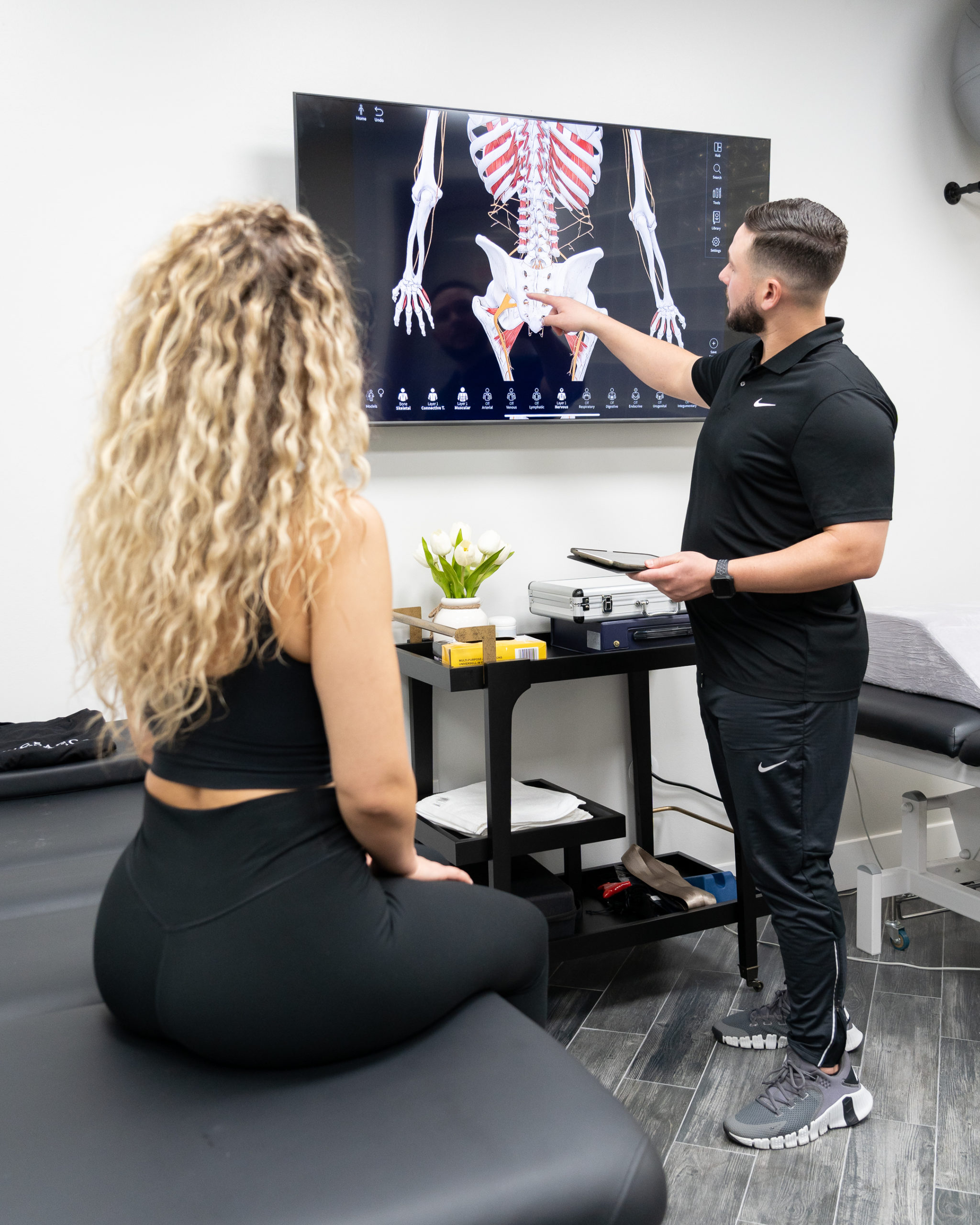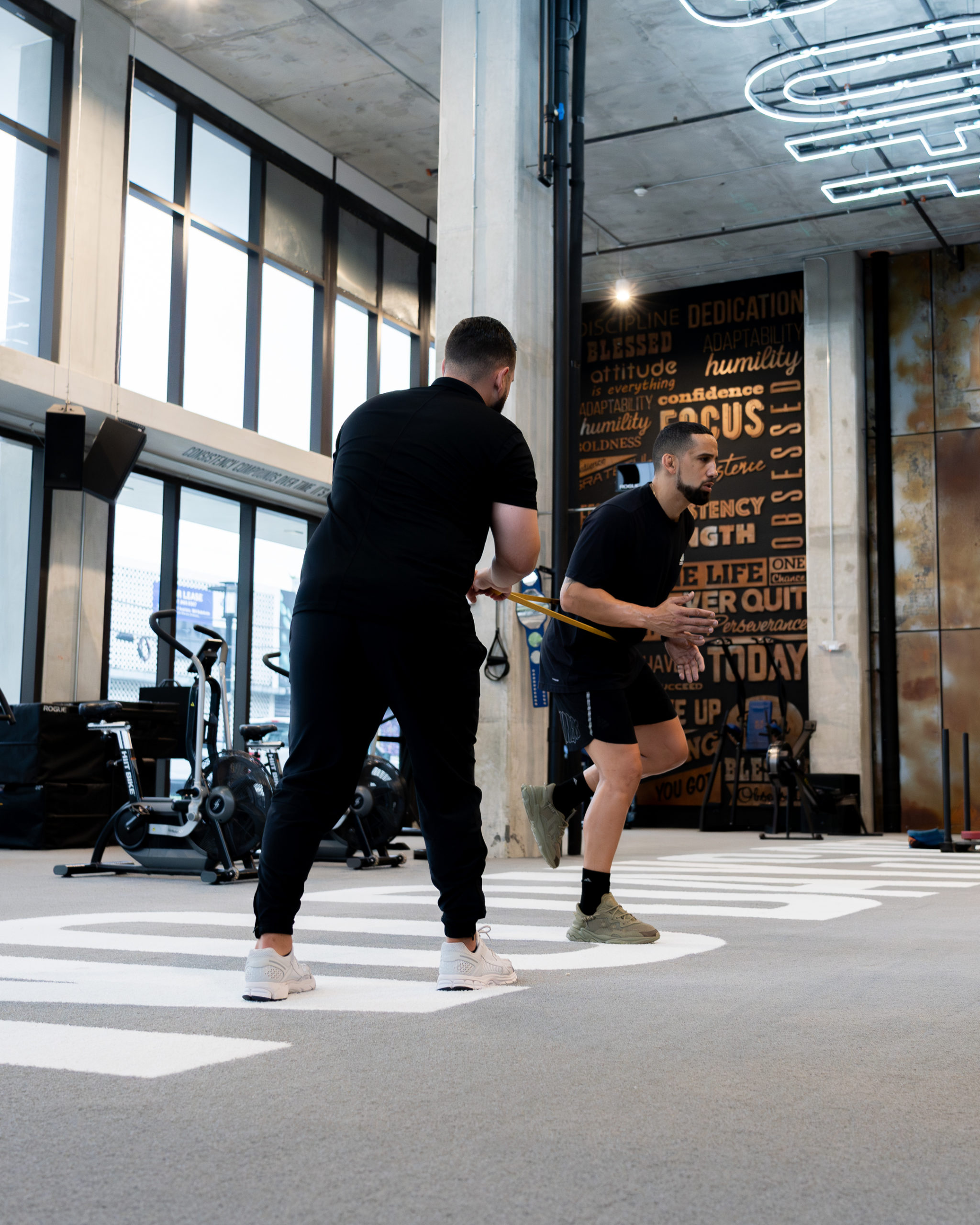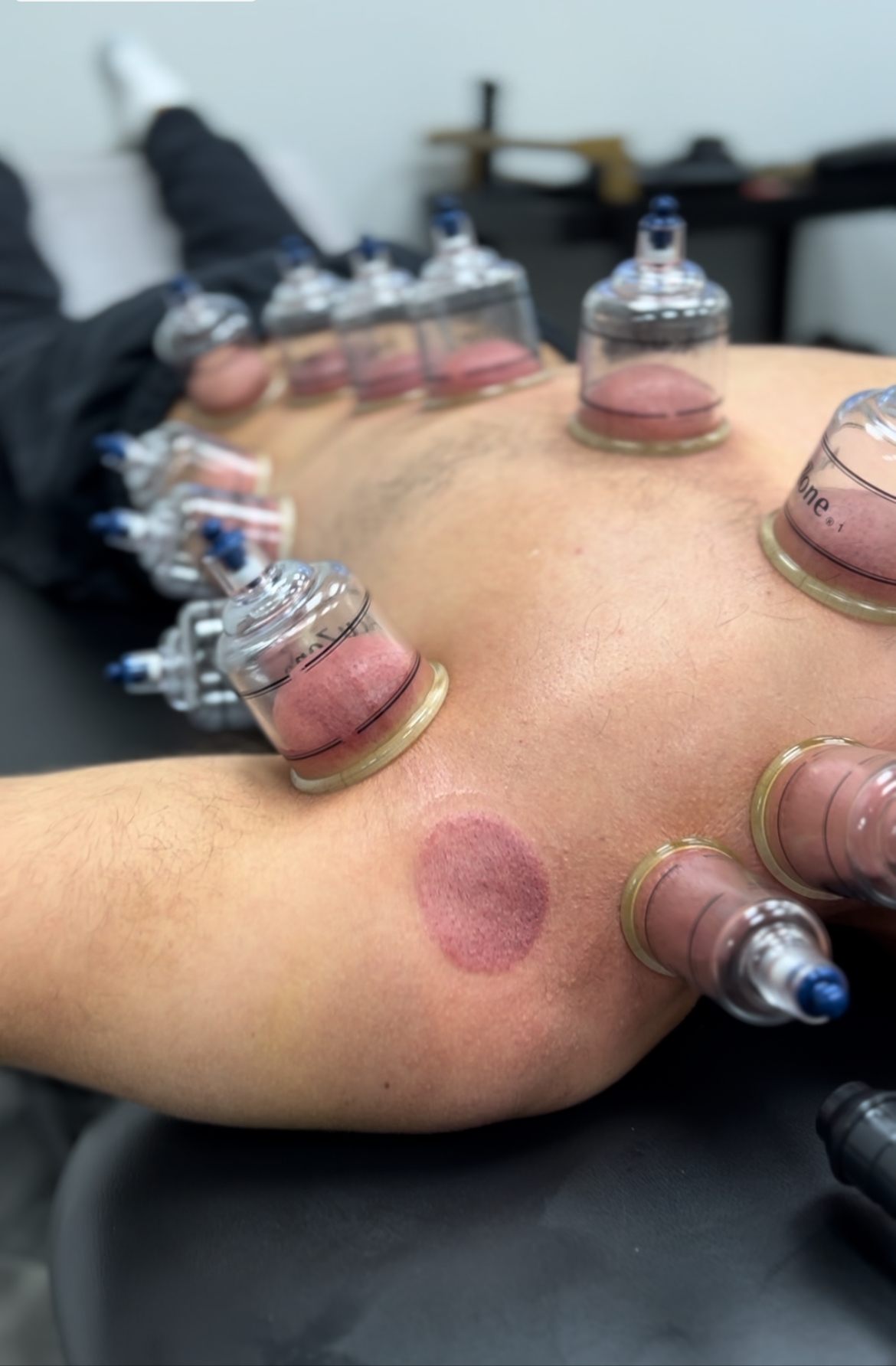Introduction
Pelvic floor physical therapy is a specialized form of physiotherapy that addresses a range of issues related to the pelvic floor muscles. These muscles provide support for the bladder, bowels, and, in women, the uterus. When these muscles are weakened or dysfunctional, it can lead to a variety of symptoms and conditions. This article will explore how pelvic floor physical therapy can help and what it involves.
Understanding the Pelvic Floor
The Role of the Pelvic Floor Muscles
The pelvic floor muscles play a crucial role in urinary and fecal continence, sexual function, and supporting pelvic organs. They are also vital for core stability and overall physical health.
Common Pelvic Floor Disorders
Disorders may include incontinence, pelvic organ prolapse, and chronic pelvic pain. These conditions can result from childbirth, surgery, aging, or injury.
The Benefits of Pelvic Floor Physical Therapy
Pelvic floor physical therapy aims to improve the strength, function, and coordination of the pelvic floor muscles. It can offer numerous benefits, such as:
- Reducing symptoms of incontinence and urgency.
- Alleviating pelvic pain and discomfort.
- Enhancing sexual health and function.
- Improving core strength and stability.
What to Expect in Pelvic Floor Physical Therapy
Initial Assessment
The first step is a thorough assessment by a trained pelvic floor physical therapist. This may involve a discussion of medical history, symptoms, and a physical examination.
Customized Treatment Plan
Based on the assessment, the therapist will develop a personalized treatment plan. This plan may include:
Exercise Therapy
- Kegel Exercises: These are targeted exercises to strengthen the pelvic floor muscles.
- Core Strengthening: Improving the strength of the abdominal and lower back muscles to support the pelvic floor.
Manual Therapy
- Techniques such as massage or stretching to relieve muscle tension and pain.
Education and Lifestyle Changes
- Guidance on dietary modifications, fluid intake, and lifestyle changes to support treatment.
Use of Biofeedback and Technology
Some therapists use biofeedback to help patients understand and control their pelvic floor muscles.
Conclusion
Pelvic floor physical therapy is a valuable and often underutilized resource for addressing a range of pelvic floor disorders. It offers a non-invasive approach to improve pelvic health and overall well-being.
Consult a Professional
If you’re experiencing symptoms that might be related to pelvic floor dysfunction, consult a healthcare professional or a licensed pelvic floor physical therapist for an evaluation.






